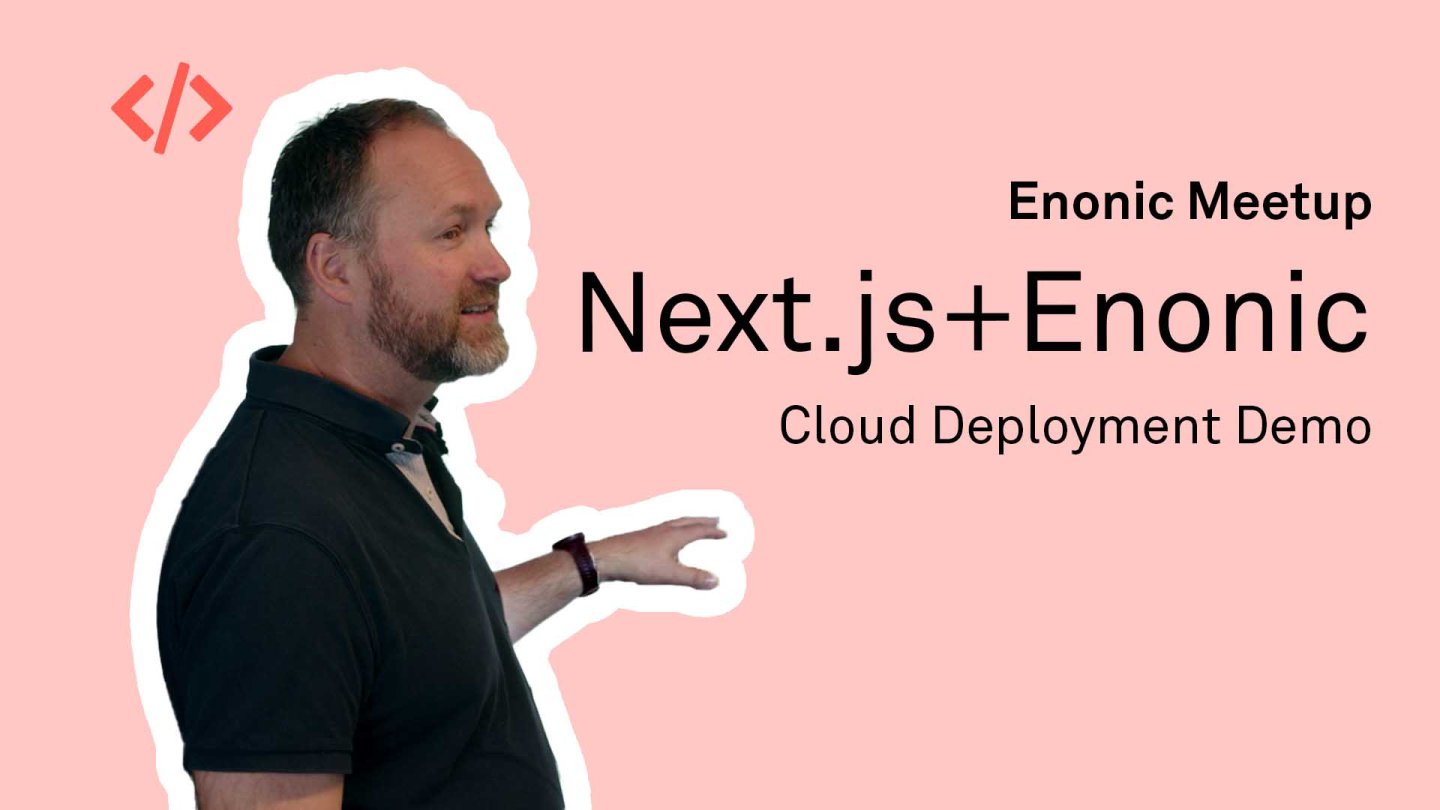Why go headless with a hybrid CMS?
Choosing Enonic as your headless CMS instead of a first-generation headless vendor can yield some great advantages for your organization.
Written by Morten Eriksen on

Choosing Enonic as your headless CMS instead of a first-generation headless vendor can yield some great advantages for your organization.
Written by Morten Eriksen on
It is a fact that the digital experiences of today are fragmented: content is now consumed in devices ranging from desktop computers and mobile phones to wearables and IoT, as well as channels ranging from websites and apps to APIs and social media.
Content is no longer closely linked to the way it is presented. You do not necessarily know how your content will look for the end user—who may digest it using a standard computer screen, a fitness tracker, a kitchen appliance, a voice assistant, or as part of a third-party website.
Due to this general trend, most CMS vendors have shifted or are in the process of shifting their offerings to be able to run in headless mode. But the first-generation headless vendors are also making a shift of their own.
Tony Byrne from Real Story Group writes: “I believe larger enterprises in particular will want flexibility, and this is why traditional CMS vendors are (sometimes slowly) finding their way to "hybrid" options.”
In other words, every content management system will end up as a hybrid CMS sooner og later. But not all vendors are alike. Enonic can for instance offer 20 years of experience mixed with new and agile technology in our approach to headless CMS, as well as being content-driven to the core.
Let us delve deeper into the advantages of the Enonic solution.
If you are going to build a website, you should consider a hybrid CMS. But what is hybrid really? A hybrid CMS is a headless CMS with extended capabilities for back-end customization, where developers can build and deploy code to customize APIs, run scheduled tasks, and integrate with other third-party services.
Being essentially a database with structured content, a headless CMS distributes the content via APIs to any required client—apps, browsers, devices—and handles the responsibility of presentation to each one. First-generation headless offerings may have simplified scaling, monitoring, and backups, but at the cost of flexibility and control.
A hybrid CMS represents the evolution and maturing of headless CMS in this regard. It combines the omnichannel distribution of structured content by headless CMS with a familiar editorial experience.
So, hybrid can also mean the combination of developer advantages like front-end freedom with content editor advantages like visual page editing, in-context preview, and a tree structure. Meaning: you can have your cake and eat it too. Meaning: Hybrid is headless CMS with more possibilities.
Learn more: Hybrid is the new headless »
A first-generation headless CMS is often only available as a cloud service, and not as software. Among other things, this means that the framework is set in stone, with only a fixed API delivered by the vendor for you to manage.
Enonic, on the other hand, is an open-source platform where you can add custom code. In addition to this, Enonic features a comprehensive GraphQL API. The API is automatically generated and can be customized using server-side JavaScript, which gives developers full flexibility and freedom to build the solution you want.
Content editors love to see how their content will appear in different channels, and they love to build pages while having a visual context to work after. Many first-generation headless CMSs cannot offer much in this regard, except from database-like editing in forms and schemas. Not exactly the most inspiring environment for content creators!
With Enonic, there are several choices for your organization. You can choose to run everything in the Enonic MVC framework, with both content and visual templates. However, other alternatives exist too, like our Next.js integration.
Here content editors can compose rich digital experiences and landing pages using Enonic’s visual page editor. Pages are fully rendered by Next.js without impacting the editorial experience, and the integration does all the heavy lifting, letting developers only focus on implementing component logic and templates.

Content preview is a natural deficiency in a first-generation headless CMS. In Enonic, however, previewing is available out of the box in the authoring interface, Content Studio.
But, due to the nature of omnichannel delivery, previews can be complicated. A preview in Content Studio might show you different screen sizes for your website through the included Emulator widget, but this will probably not account for all apps, wearables, and IoT.
In cases like this, it is important to remember that the Enonic preview will not necessarily be exactly how your content will look in any given channel. But Enonic can give you a general preview that is customized to your liking—to get the gist of how the content looks and feels.
See also: 6 reasons to choose Enonic as your hybrid CMS »
One of the disadvantages with headless CMS is the simple nature of it being more or less a database. Organizing content or getting a tidy overview may become difficult in larger projects based on such a standard database viewing.
With Enonic you get content tree navigation, familiar from browsing in operating systems. Content items are placed in a logical hierarchy, structured in a classical family tree with parents, siblings, and children. Furthermore, content types are easily recognisable by iconography.

While Enonic does offer a fully managed cloud solution, we also offer software. This allows for more control if there are special requirements to your projects—pertaining to matters of e.g. legal or corporate natures.
In addition, it is possible to run Enonic on premise or in any public cloud—whatever suits your organization. Finally, Enonic is open source, which lets your developers test and modify the software according to the GPLv3 license.
Learn more: This is what customers say about Enonic »
The red line running throughout Enonic is content. Our Content Studio is the one place to rule them all: every item is defined as a content type, which enables a powerful management of structured content to be reused across channels.
Content Studio also features responsive design, user-friendly UX, integrations with third-party best of breed marketing tools, as well as a strong palette of innate tools—like the image editor, landing page editor, publishing wizard, dependency widget, and issues management.
As a final note, by being a content hub Enonic is especially suited for modern ContentOps principles, which are making headway into the world of digital experiences as we speak. Featuring a strong suite of qualities, Enonic unites your content professionals, editorial processes, and editing and distribution technology in one place—allowing for a seamless orchestration of content production to fit neatly between your organization’s strategy and delivery.
***
Enonic is a headless CMS with extra capabilities, offering the best of both worlds with headless delivery to any channel and traditional content authoring for still important tasks such as maintaining your website, performing previewing, handling URLs, editing landing pages, and keeping a tidy content structure.
First published 22 April 2020, updated 15 June 2022.
Get some more insights 🤓